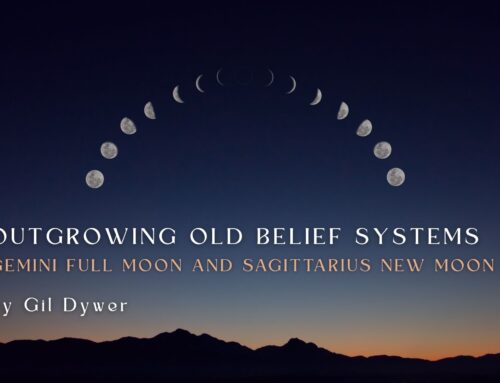By Melissa Laing/Ravi Har Kaur
As a Kundalini Yoga teacher, and a transpersonal counsellor who uses meditation as a therapeutic intervention, I am continually amazed by how profoundly Kundalini Yoga meditations can bring about deep, lasting change.
Yogi Bhajan describes meditation as “the art of breaking habits, to purify the mind and to take care of the day-to-day things”. In his lecture, ‘Meditation: a simple process’ he states the following: “Meditation is a process. When the dawn comes, the sun power, the ray energy, is more scattered and the mind is not controllable. At any time which is peaceful—the best is early morning time, before the dawn—you’ll be surprised, that in a couple of minutes, a lot of thoughts will start coming to you—those thoughts which you do not want to touch—the x-rated thoughts, the ugly, angry thoughts, all those kind of thoughts. If you let those thoughts pass by, this is meditation. All those thoughts that can pass at that moment of your life can never enter your subconscious mind, and they will not bother you again. This procedure of cleansing the mind of not dumping a lot of thoughts into your subconscious mind is called meditation. It takes about three minutes to get those kinds of thoughts. And sometimes they continue to bug you for about half an hour. But if you physically don’t move, the mind becomes still.”

It could be said that meditation is the most important aspect of Kundalini Yoga, given that all other aspects of the practice (asana, mudra and mantra) are leading to the ‘silence’, point of balance, or entry point to the neutral mind. Kundalini Yoga is an exact science, meaning that specific meditations can be ‘prescribed’ for specific outcomes ie relief for addictions.
Yogi Bhajan brought techniques to elevate us via group consciousness in preparation for the coming of the Aquarian Age. A quiet mind is our birthright, as is movement from fear-based consciousness to our highest (or deepest) truths—beta to theta. Kundalini Yoga meditation is not a passive, enjoyable activity. Unlike some meditative traditions, Kundalini yoga and meditation help us become aware of our wounds to provide strength and perspective to consciously and compassionately release them.
The technologies that we use in Kundalini Yoga to induce a meditative SOC can be mantra or sound (Naad Yoga), breath (pranayam), mudra, dhristis (focal points for the eyes) or mental focus (usually used with silence or with a silent use of mantra). Yoga exercises and pranayam are used to prepare the mind and body for meditation by balancing the nervous system and stimulating the subtle energies of the chakras and nadis.
The length of time one has to devote to meditation also has a varied affect. Yogi Bhajan taught us:
- Three minutes affects the electromagnetic field and the circulation, potentially moving the practitioner into theta state.
- Eleven minutes changes the nerves and glands.
- Twenty-two minutes balances the three minds (positive, negative and neutral), meaning they can work in harmony.
- Thirty-one minutes ‘allows the glands, breath, and concentration to affect all the cells and rhythms of the body, and is said to affect the three gunas, 31 tattvas and all layers of the mind’s projections’.
- Sixty-two minutes integrates the subconscious and the outer projection.
- Two-and-half-hours changes the psyche in its correlation with the surrounding magnetic field so that the subconscious mind is held firmly in the new pattern by the surrounding Universal mind’.
There is also the use of sadhana with meditation (ie the use of a forty-day practice to train the subconscious to release thoughts or habits that do not serve the practitioner any longer. Forty days changes the habit, ninety days confirms the new habit, one hundred and twenty days integrates the new habit into one’s being, and one thousand days masters the habit.
Having found meditation as a teaching and healing tool fills me with gratitude and confidence alike, and it is a joy to witness the profound changes in those with whom I have shared Kundalini Yoga meditations. Without having discovered meditative practice, I feel that I would be rather lost and alienated from my true essence. Instead, with daily sadhana involving meditation, no matter where I am, I will always be home.







Leave A Comment